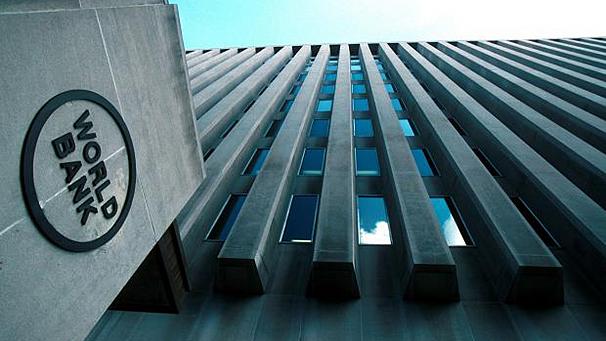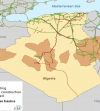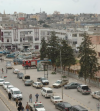The World Bank published a report at the end of July entitled “Public Finance Review: Ponzi Finance? », which takes stock of the fiscal policy conducted in Lebanon since the 1990s. Analysis.
For the World Bank, public finances have contributed to the construction of a “Ponzi pyramid” via two phenomena: the excessive accumulation of public debt to preserve the flow of foreign capital, in a context of the pound’s anchoring in dollar fueling excessive consumption and the instrumentalization of public services to distribute rents to the country’s elites.
In this respect, the World Bank identifies the serious shortcomings of the Lebanese State in terms of basic public services (health, education, electricity, water, transport, social protection), linked to a low recovery rate, inefficiency spending and lack of investment.
The deterioration of public services would have been, according to the World Bank, a deliberate choice aimed at encouraging: the monopolization of resources by economic elites through the awarding of contracts in dollars (import of oil, generators, waste collection, etc.). ); substitution of the state by faith-based groups in the provision of public services.

Public debt situation of Lebanon
According to the Lebanese Ministry of Finance, public debt would have increased from USD 97.2 billion at the end of March 2021 to USD 100.7 billion at the end of March 2022, an increase of +3, 6%. Debt denominated in foreign currencies (39% of the total) should reach USD 39.4 billion at the end of March 2022 (+7.3% y/y), including USD 9.75 billion in arrears.
Debt denominated in local currency (61% of the total) would reach the equivalent in dollars (at the official rate of 1507 LBP/USD) of 61.3 billion USD (+1.2% y/y). While the public debt amounts to USD 100.7 billion by converting the share denominated in Lebanese pounds at the official rate, it only reaches USD 43.2 billion using the parallel market rate that prevailed at the end of March 2022 (23,800 LBP/USD).
The public debt would be held at 39% by the Banque du Liban, 12.5% by Lebanese commercial banks, 9.5% by Lebanese financial institutions, 37% by other investors (including foreigners), and 2% by the multilateral institutions and foreign governments.
Source : Embassy of France in Lebanon








Réagissez à cet article